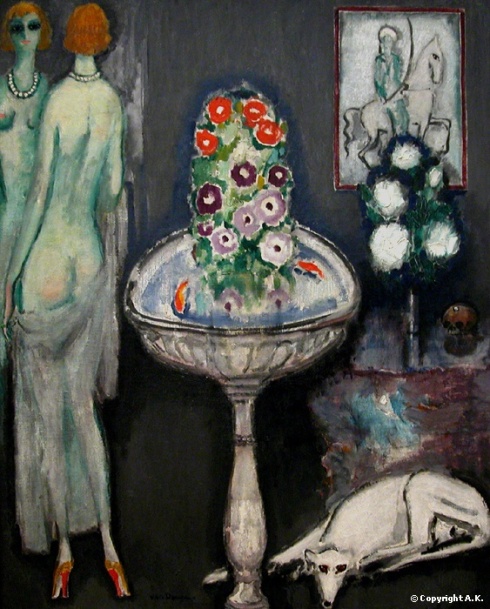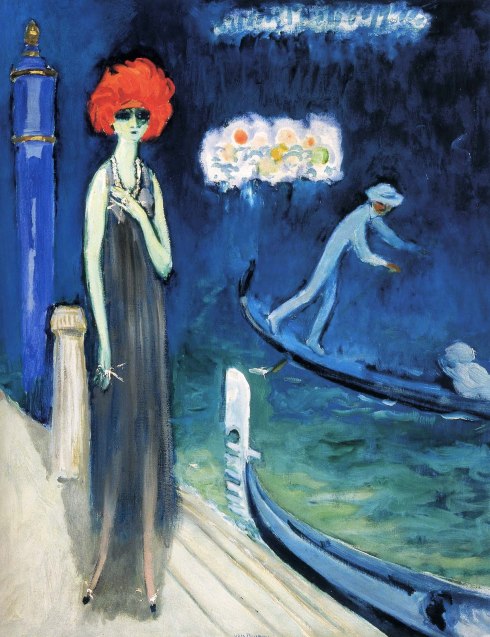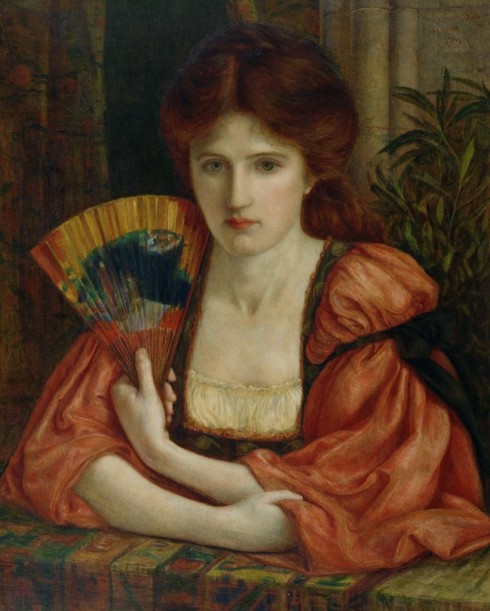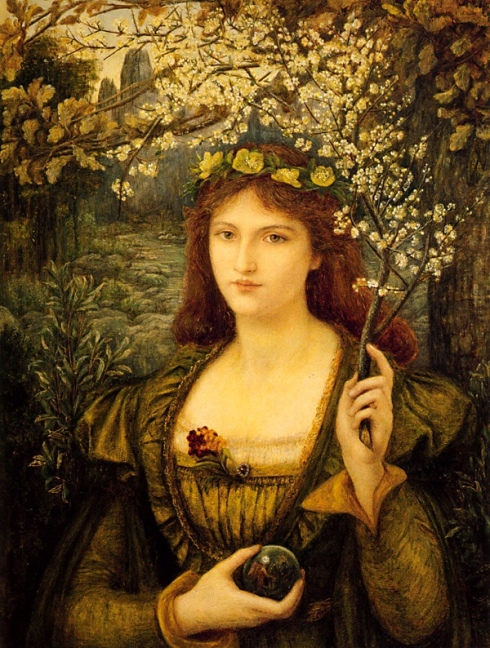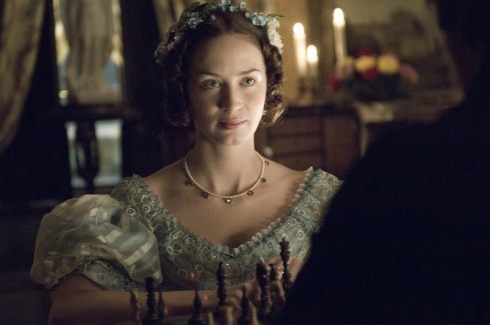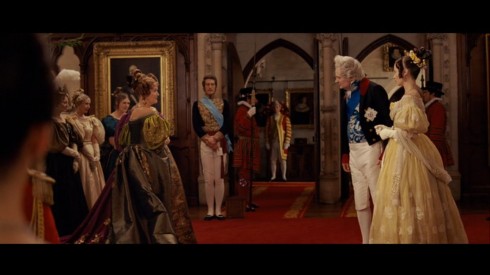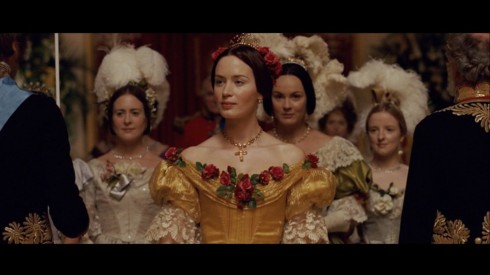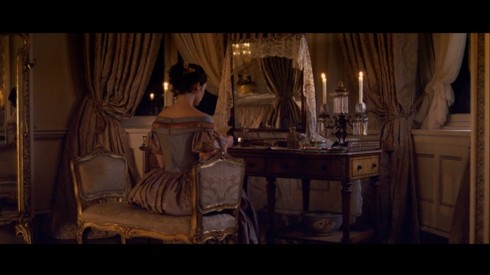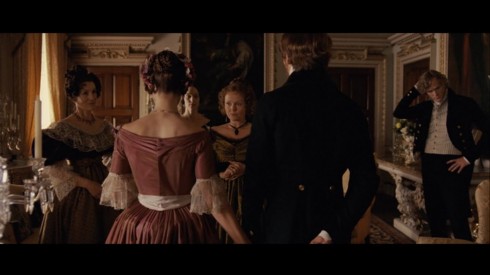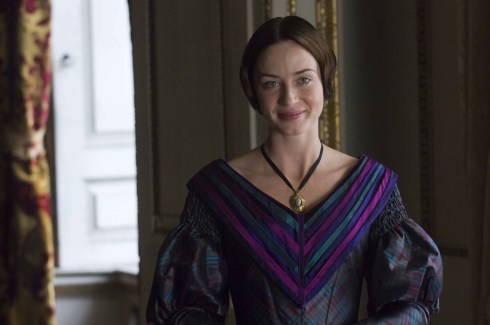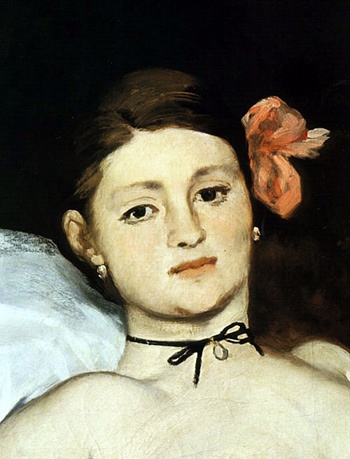After watching BBC’s documentary ‘Scandalous Women of the 19th Century‘ I felt really saddened by the unfortunate destinies of these Victorian ladies, but also inspired by the great strength and courage they possessed, and a massive amount of compassion they showed for the less fortunate ones, overcoming their own grief by rebating the sufferings of others.
‘I admire people who choose to shine even after all the storms they’ve been through.‘
 Caroline Norton (1808-1877)
Caroline Norton (1808-1877)
‘Woman has no rights, she has only wrongs.‘
Caroline Norton was a famous English social reformer and an author, and, although scandalous in her time, her ideas and efforts foreshadowed the Feminist movement.
Caroline was born in London on March 22nd, in a grand but impoverished family. While living in Hampton’s Court Palace, Caroline and her two sisters, Helen, the elder, and Georgiana, both the youngest and the prettiest, were collectively known as ‘The Three Graces‘ for they combined both beauty and refinement with knowledge and wit. Caroline’s father died when she was only eight years old. The family being completely penniless, Caroline was compelled to marry George Norton in 1827.
The marriage proved to be deeply unhappy; George was abusive towards Caroline, and vicious beating proved to be regular in Norton household. George was jealous, possessive and prone to drinking. Along all of this, George and Caroline didn’t even get along politically; he was a Tory member of parliament and she was more liberal and outspoken, inclined to Whig party. Caroline still used her beauty, wit and political connections to help her husband’s career.
She established herself as a major society hostess, which gained her many admirers, and many enemies too. With her liberal behavior and candid conversations, Caroline attracted friends such as Mary Shelley, Edward Bulwer-Lytton, English Romantic poet Samuel Rogers, Edward John-Trelawny, a friend of Percy Shelley and Byron, and Fanny Kemble, a young actress.
Despite both mental and physical abuse by her husband, Caroline found joy in writing prose and poetry, having published her verses ‘The Sorrows of Rosalie‘ (1829) and ‘The Undying One‘ (1830). Still, Caroline found the greatest joy in her three sons. She was a devoted mother, kind, loving, and delighted to spend time with her children. Everything else came second.
Caroline’s romantic friendship with Lord Melbourne only added fuel to the fire of their already wobbly marriage. In 1836 Caroline finally left her husband, having previously gotten a taste of financial independence in her publications in magazine of the day such as ‘La Belle Assemblée‘. However, all her earning legally belonged to George who claimed all the money she earned and all her possessions to be his. George claimed that Caroline was guilty of adultery with Lord Melbourne. The trial, which lasted nine days, concluded that Melbourne was not guilty. Nevertheless, Caroline’s reputation and friendship with him were destroyed forever. In addition, George took custody of the children, and Caroline was never to see her loving sons again.
Caroline’s protest and efforts were instrumental in the passing of the ‘Infant Custody Bill of 1839′ and ‘Marriage and Divorce Act of 1857‘. She also attacked the child’s labour in her work ‘Voice from the Factories’ (1836). Caroline died in 1877, just three months after she married William Stirling Maxwell, a long time friend.

Harriet Mordaunt (1848-1906)
Lady Mordaunt, born Harriet Sarah Moncreiffe on February 7th 1848, grew up is ‘free and easy‘ atmosphere in Moncreiffe household. As a child she was acquainted with Edward, Prince of Wales and later attended informal parties with the Prince and his wife Alexandra, including dances at Abergeldie Castle. In a liberal atmosphere, Harriet grew up to be pretty and flirtatious, but also headstrong and shallow, fun loving girl, tom boyish in a way.
Harriet married Sir Charles Mordaunt at the age of eighteen. The marriage proved to be a happy one; he was wealthy and respectable, and she was young and pretty. Charles was a Conservative Member of Parliament and a highly respected member of the community. Charles had no solid interests besides hunting and shooting, and Harriet was a young vivacious girl, keen to partying and chatting. Luckily for Harriet, Charles traveled a lot, and her friends visited her to keep her company, and so did The Prince of Wales, despite Charles’ rigid insistence on Harriet to stop seeing him. One time, Charles returned earlier from his trip only to find his wife in the company of the Prince.
On February 28th 1869, Harriet gave birth prematurely to a girl Violet Caroline. The timing was significant as Charles had been absent on a fishing trip eight months earlier. As the baby developed an eye infection, Harriet suddenly began pondering whether she was infected by Venereal disease. She admitted everything to her husband ‘Charlie, I have deceived you; the child is not yours; it’s Lord Cole’s‘, she said and added, ‘Lord Cole, Sir Frederick Johnstone, the Prince of Wales and others, often and in open day‘.
In her innocence, Harriet most likely believed that Charles would forgive her, as he did forgive her for everything, but that did not happen. He commenced proceedings for divorce on 20 April 1869. Lady Mordaunt family claimed that she was mad. If she were to be found insane, she could not be trialed for adultery.
Harriet was proclaimed mad, and, in 1871, deserted by everyone, she was living at the Manor House asylum in Chiswick, at the western outskirts of London. The Asylum however, had a human reputation with enlightened approach to patients. Harriet died in May 1906. and was buried at Brompton Cementary.

Josephine Butler (1828-1906)
Josephine Butler was a Victorian era feminist and a social reformer especially concerned with welfare of prostitutes, education and public health.
Josephine came on scene in 1869 when she began her campaign against the Contagious Diseases Acts. Born Josephine Elizabeth Grey on April 13th 1828, she was brought up in a family steeped deep in radical politics and she believed passionately in woman’s rights. She came from a very refined, highly educated and cultured background, but in addition to her knowledge, she was very humane, very spiritual, with a great sense of social justice.
Josephine married an academic George Butler in 1852, a man with similar radical political views. They had three sons and a daughter named Evangeline who died in 1864. aged only five, after breaking her neck upon falling from the stairs. From then on, Josephine had an irresistible desire to find a pain keener than her own so she threw herself into charity work.
She understood others sufferings for she had suffered herself. Josephine became deeply concerned with woman’s rights, and the welfare of the unfortunate ones the most. Although a deeply spiritual Christian, disgusted by the idea of sin, Josephine regarded the women as being ‘exploited victims of male oppression‘, and she was one of the few Victorian women brave enough to attack the double standards of sexual morality. Josephine held speeches across the country in order to repeal the Contagious Diseases Acts, calling the procedure a ‘surgical rape‘.
Upon moving to Liverpool, Josephine was shocked by the living conditions of the poor women who have no other option than ‘starvation and prostitution‘. At last, she had found the cause she was so desperately seeking for. Josephine was not judgmental, she treated those unfortunates as her equals, and gained their trust in return. Those women, girls, often barely thirteen years old, were hopelessly poor, uneducated, and above all, lonely and abandoned as the ‘stain on Victorian society‘. Josephine seemed like an angel to them, having talked to them, embraced them and treated them with nurture and respect; nobody has treated them with kindness before.
In addition, Josephine was part of a group which forced parliament to raise the age of consent from 13 to 16, and her interest in woman’s education eventually led to the foundation of the all-women college at Newnham.
Tags: Caroline Norton, Feminist Movement, Harriet Mordaunt, Josephine Butler, Scandalous Women, Victorian Era Prostitutes, Woman's Rights


